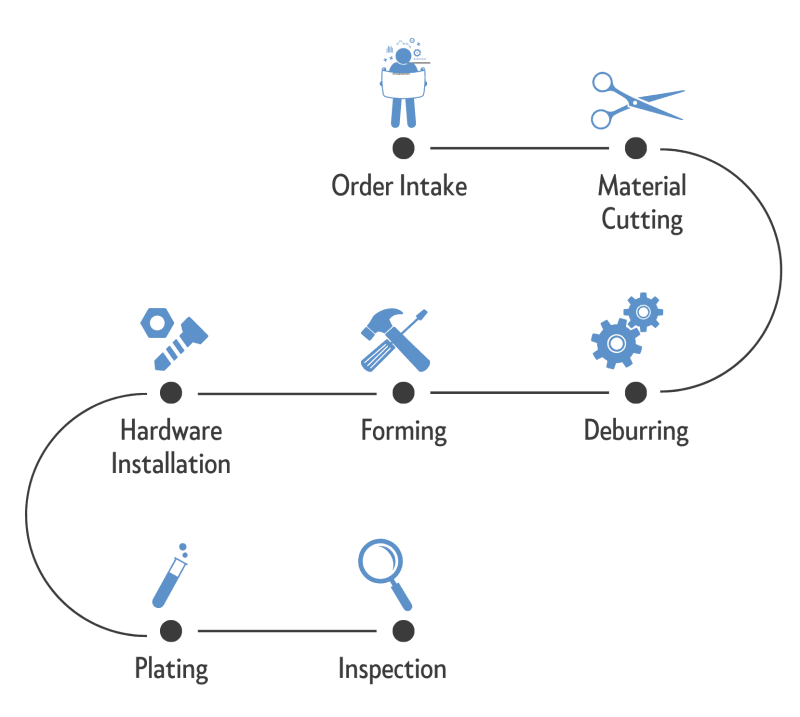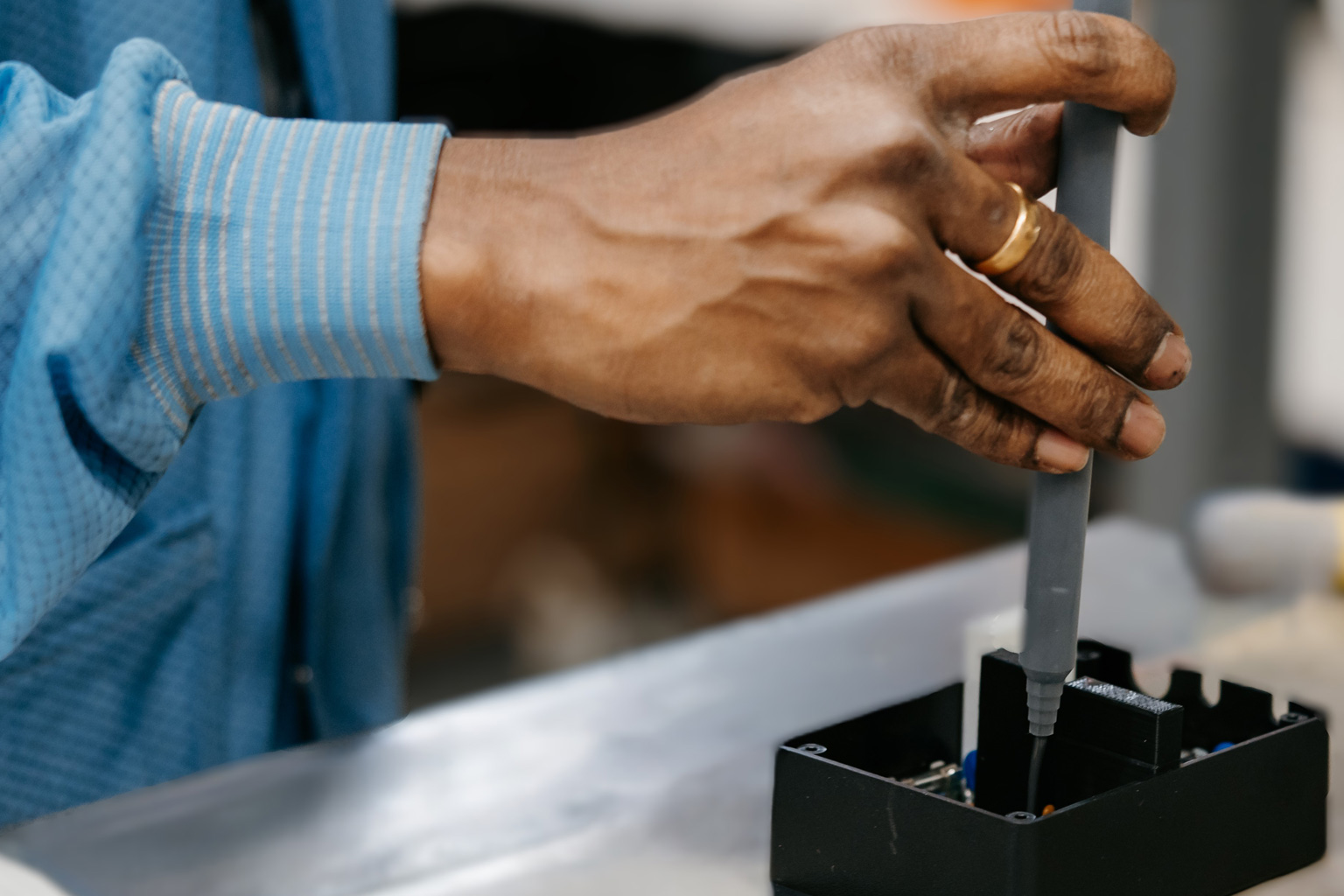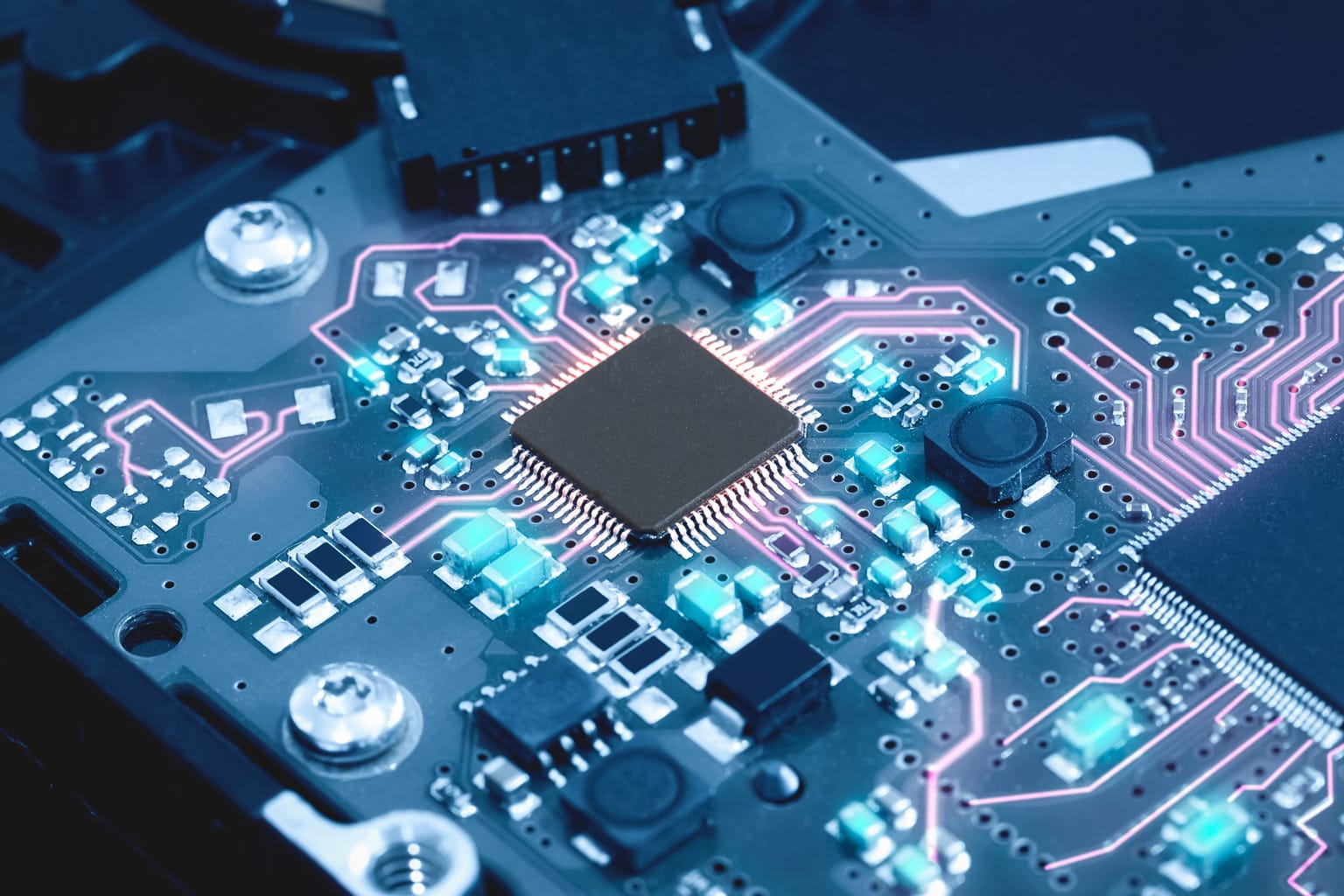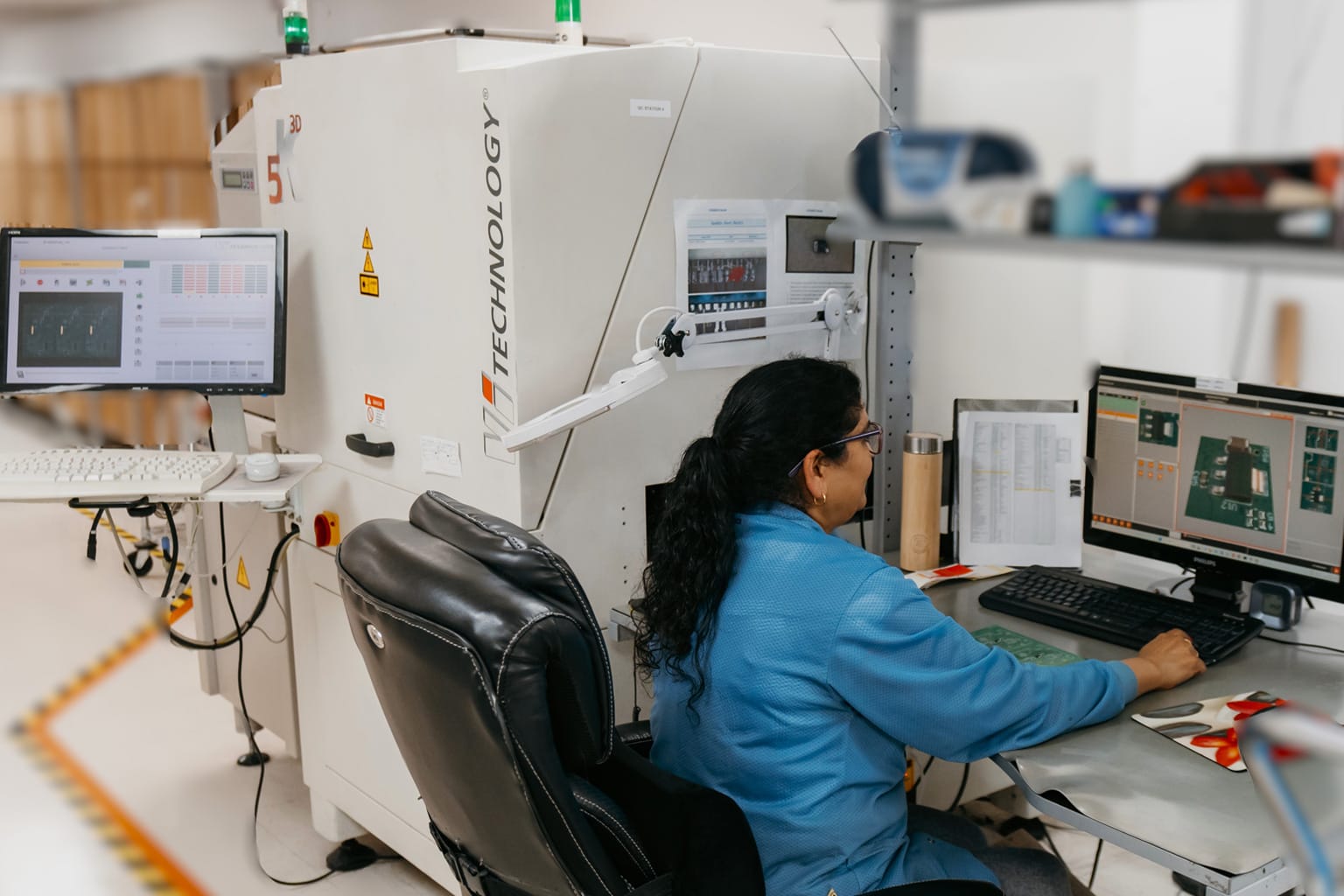In the world of electrical manufacturing, few components are as critical and often underappreciated as bus bars. These flat, metallic strips conduct electricity efficiently and play an essential role in a wide range of power distribution systems.
What is a Bus Bar?
A bus bar is a conductive, typically flat and rigid metal bar used to distribute electric power within a system. Compared to traditional round wiring, bus bars offer lower resistance, higher conductivity, and better thermal performance, especially in high-current environments. Their form factor enables compact layouts, simplified assembly, and improved reliability.
In short, bus bars serve as the backbone of modern electrical architecture by ensuring consistent power delivery across complex systems.
Where Are Bus Bars Used?
Bus bars support virtually every type of electrical system, from power distribution panels and battery packs to control units and industrial machines. Their ability to manage high currents with clean, organized layouts makes them a preferred choice in both commercial and industrial applications.
For instance, in energy storage systems, bus bars connect battery cells and modules to enable efficient charge and discharge cycles. In control panels or switchgear, they route power across multiple points while minimizing energy loss. Learn how other electronics are optimized for durability in harsh environments.
Copper vs. Aluminum: Choosing the Right Material
At our facility, copper accounts for about 70% of the bus bars we produce, with aluminum making up the remaining 30%. Most customers prefer copper due to its excellent conductivity, strength, and corrosion resistance. Aluminum, while less conductive, offers a lightweight and more cost-effective alternative when weight reduction is a priority.
Project requirements usually drive material selection. Copper is the go-to choice for high-load or mission-critical systems, while aluminum works well for lighter-duty or budget-sensitive builds.
How Bus Bars Are Made
Here’s a look at how a typical bus bar is manufactured in our shop:

1. Order Intake – We review all specifications and drawings before production begins.
2. Material Cutting – We punch copper using a press and cut aluminum with a laser.
3. Deburring – We smooth edges using a tumbling process to improve safety and ensure plating adhesion. Learn more about the role of sheet metal in precision manufacturing.
4. Forming – We use precision equipment to bend parts into their required shapes.
5. Hardware Installation – We install threaded inserts (PEMs) where specified.
6. Plating – If needed, we send parts for protective tin or nickel plating.
7. Inspection – We perform a final quality check before the parts leave our facility.
We consistently work within tight tolerances—±0.005” on straight dimensions and ±0.015” on bends to ensure a precise fit every time.
Why Are Bus Bars a Cost-Effective Alternative?
From a manufacturing perspective, bus bars can be more cost-effective than traditional wiring or cabling for several reasons:
Reduced Assembly Time: A single bus bar can replace dozens of individual wires, simplifying design and reducing labor.
Lower Material Waste: Bus bars are cut from flat sheets, allowing for efficient material usage and less scrap compared to wiring that may require precise lengths and insulation.
Less Need for Connectors: Bus bars eliminate the need for multiple connectors, crimps, and terminals, which reduces both material costs and failure points.
Streamlined Layout: Flat, compact configurations allow for cleaner, space-saving designs that are easier to install and maintain.
Lower Labor Requirements: With fewer parts to assemble and less complex wiring, bus bars demand significantly less manual labor—resulting in faster builds and reduced production costs.
These savings add up, especially in high-volume or high-power applications—making bus bars not only a performance upgrade but also a smart financial choice. Explore how lean principles apply in electronics manufacturing.
Market and Supply Considerations
The cost of raw materials, particularly copper, continues to play a significant role in manufacturing. Any tariffs or supply disruptions can affect both pricing and sourcing strategies. Here’s how manufacturers navigate uncertainty.
While aluminum offers a more budget-friendly alternative, it’s not always interchangeable depending on the electrical demands of the system.
Quality and Production Expertise
We’ve refined our process to ensure consistent quality from start to finish. Each run begins with a first-off inspection to catch defects early. Our operators are trained to identify issues at every stage, and any anomalies are quickly addressed and resolved. Plating partners are selected for their reliability, and our internal systems are designed for efficiency, allowing us to scale quickly while maintaining precision.
Design Considerations
Most clients provide complete engineering drawings, which we fabricate to spec. However, when needed, we’re equipped to work closely with customers to troubleshoot or adapt designs based on application requirements.
At IMS, we specialize in delivering bus bars with precision, consistency, and attention to detail. From prototyping to full production, our team ensures every part meets exacting standards.




